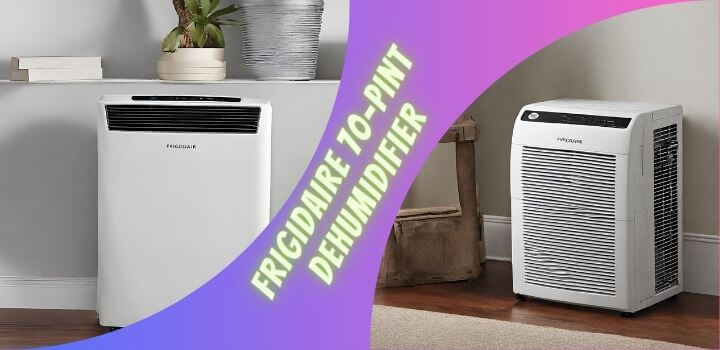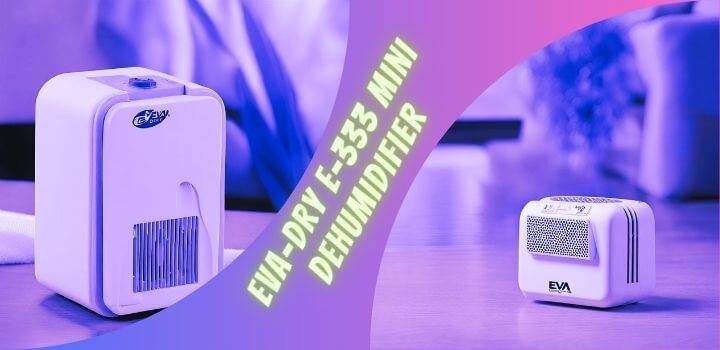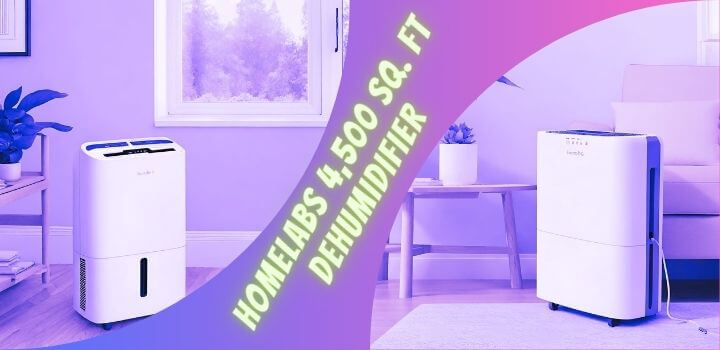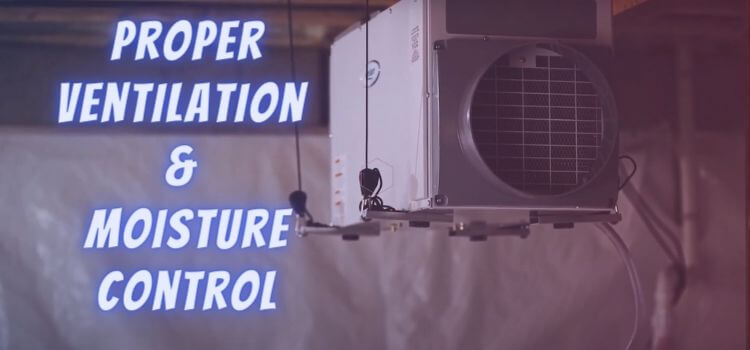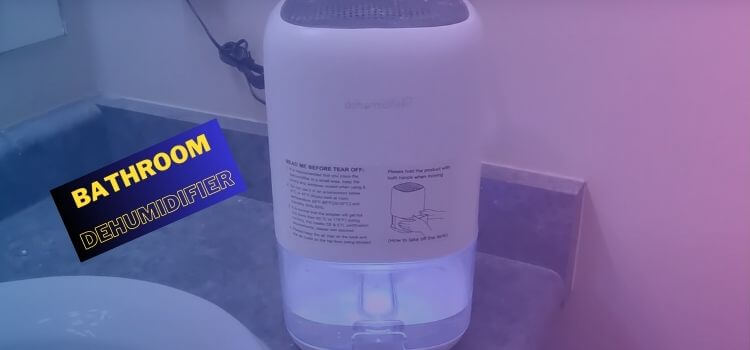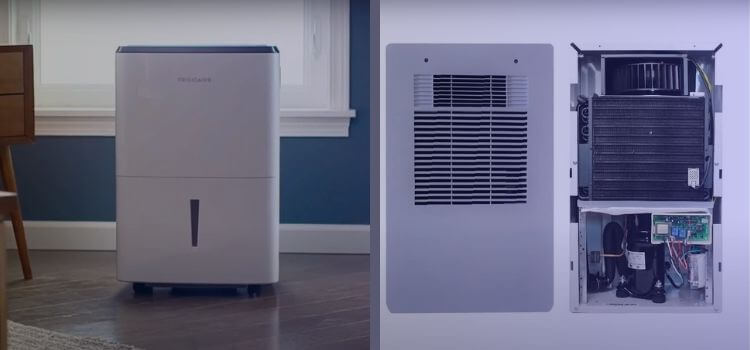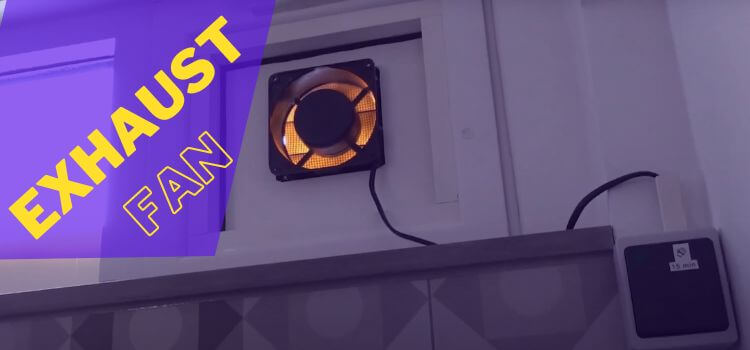Hey there, humidity haters! Ever wondered how to kick that muggy air to the curb? Look no further because today, we’re diving deep into the world of Pelonis dehumidifiers. Yes, you heard it right – Pelonis dehumidifier reviews are about to become your new obsession. Whether you’re battling dampness in your basement or fighting off the sticky vibes in your living room, Pelonis has got your back.
Pelonis Dehumidifier Reviews Unleashed
So, what’s the buzz around Pelonis dehumidifiers? Let’s cut to the chase – they’re game-changers. Imagine a world where your comfort isn’t compromised by unwanted moisture. That’s the promise these sleek machines bring to the table. From compact models perfect for cozy apartments to heavy-duty units ready to tackle the most humid of spaces, Pelonis has a dehumidifier for every need. Investing in a dehumidifier is a brilliant choice because it ensures your hot tub room is like a haven of relaxation.
Pelonis Dehumidifier Specs 101
If you’ve ever found yourself in a damp, musty room, you understand the urgent need for a reliable dehumidifier. Enter Pelonis – a brand synonymous with innovation and efficiency. In this deep dive into Pelonis Dehumidifier Specs, we’ll dissect the technical intricacies that set Pelonis apart in the world of moisture control.

Pelonis Dehumidifier Features at a Glance
Pelonis Dehumidifiers aren’t just machines; they’re wizards in disguise, banishing excess humidity and creating an oasis of comfort. Let’s kick things off by exploring the key features that make these devices stand out in the crowd.
1. Whisper-Quiet Operation
Ever had a noisy dehumidifier disrupt your movie night? Pelonis has your back! With its cutting-edge technology, these dehumidifiers operate as quietly as a secret agent on a mission. Enjoy the serenity without sacrificing performance.
2. Smart Humidity Control
Your home adjusts its humidity levels according to your preferences. Pelonis Dehumidifiers make it happen with their smart humidity control feature, ensuring your comfort is never compromised.
3. Hygienic Living: Antibacterial Filter
Health is wealth, they say, and Pelonis takes this seriously. Their dehumidifiers come equipped with an antibacterial filter, kicking those harmful microorganisms to the curb and letting you breathe in freshness.
4. User-Friendly Digital Display
No more deciphering cryptic symbols! Pelonis simplifies the user experience with a digital display that’s as intuitive as your favorite smartphone. Control settings, check humidity levels, and make adjustments with a touch.
5. Portability Redefined: Compact Design
Worried about your dehumidifier cramping your style? Pelonis eliminates that concern with its sleek, compact design. Move it around effortlessly, ensuring every corner of your home experiences the magic.
6. Customizable Modes for Every Occasion
Movie night? Game day? Pelonis has a mode for that! These dehumidifiers boast customizable modes to suit every occasion, ensuring your comfort is tailored to your lifestyle.
8. Eco-Friendly Refrigerant
Environmental consciousness is not a trend; it’s a responsibility. Pelonis takes this to heart by using eco-friendly refrigerants, keeping your space comfortable without compromising the planet’s health.
Pelonis Dehumidifier Care Tips
Like any hero, your Pelonis Dehumidifier needs a sidekick – that’s you! Regular care not only prolongs its life but also ensures optimal performance. After all, even superheroes need a spa day to recharge.
1. Keep It Clean, Superhero Style
Just like Superman needs a clean cape, your dehumidifier deserves a dust-free existence. Regularly clean the filter to ensure it operates at maximum efficiency. Think of it as giving your trusty sidekick a polished suit for the next mission.
2. Pelonis Dehumidifier Reviews: Mind the Surroundings
Ensure your Pelonis Dehumidifier has some breathing room. Keep it away from walls and furniture to allow proper air circulation. Think of it as a celebrity needing space from paparazzi – your dehumidifier craves its privacy!
3. Don’t Forget the Water Bucket: Pelonis Dehumidifier Reviews
Turn it into a fun game! Make a routine to check and empty the water bucket. It’s like playing tag with your dehumidifier – catch the water before it overflows. Bonus: You get to see how much moisture your superhero has vanquished.
4. A Spa Day for Your Dehumidifier: Pelonis Dehumidifier Reviews
Yes, it does! Treat it to a spa day by wiping down the exterior with a damp cloth. It’s the equivalent of a soothing massage for your superhero – keeping it relaxed and ready for action.
5. Keep Tabs on the Hygrometer: Pelonis Dehumidifier Reviews
Absolutely! Regularly check the hygrometer to gauge your home’s humidity levels. It’s like reading your superhero’s emotions – if it’s green, all is well; if it’s red, your dehumidifier is signaling for help.
Troubleshooting Tips: When Your Superhero Stumbles
Fret not, for we are about to embark on a journey through the maze of Pelonis Dehumidifier Troubleshooting(s), armed with wit, wisdom, and a sprinkle of humor. If your dehumidifier seems to have hit a midlife crisis, fear not—answers are coming your way.
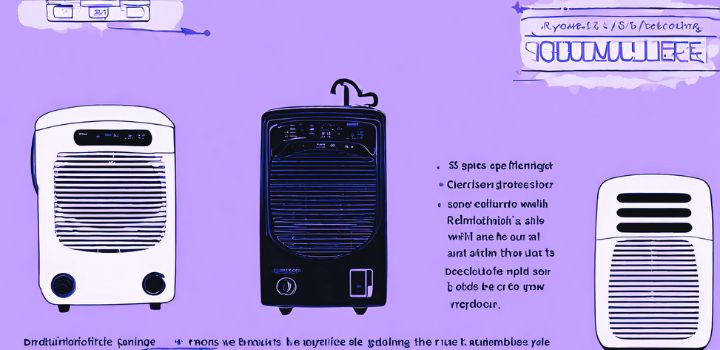
1. The Silent Treatment: The Dehumidifier Won’t Start
Did your superhero just go mute? Don’t panic. Your dehumidifier might just need a coffee break.
2. Mission: Impossible – Extracting Water
Your Pelonis dehumidifier is flexing its muscles, but the water collection tray remains as dry as the Sahara. What sorcery is this?
3. Regular TLC – Tender Loving Cleaning
Just like any relationship, your Pelonis dehumidifier needs a bit of love and attention. Neglect it, and it might give you the cold shoulder.
Conclusion
And there you have it – a comprehensive exploration of the Pelonis Dehumidifier features that are poised to elevate your living experience. Bid farewell to the woes of excess moisture, noisy appliances, and sky-high energy bills. Embrace the comfort, efficiency, and environmental friendliness that Pelonis brings to the table.
FAQs After The Conclusion
For optimal results, run your Pelonis Dehumidifier regularly, especially in humid conditions. A good rule of thumb is to run it daily for a few hours, adjusting based on your specific humidity levels.
Absolutely! Pelonis Dehumidifiers are versatile and can effectively tackle moisture issues in basements, crawl spaces, bedrooms, and more.
Certainly! Pelonis dehumidifiers are designed to operate quietly, making them ideal for bedrooms or any other space where noise might be a concern.
Not at all. The Pelonis Dehumidifier is designed for user convenience. Regularly clean the filter and empty the water tank as needed, and you’re good to go.
Yes, you can! While humidity tends to be lower in winter, using the Pelonis Dehumidifier can still prevent issues like condensation on windows and musty odors in closed spaces.


